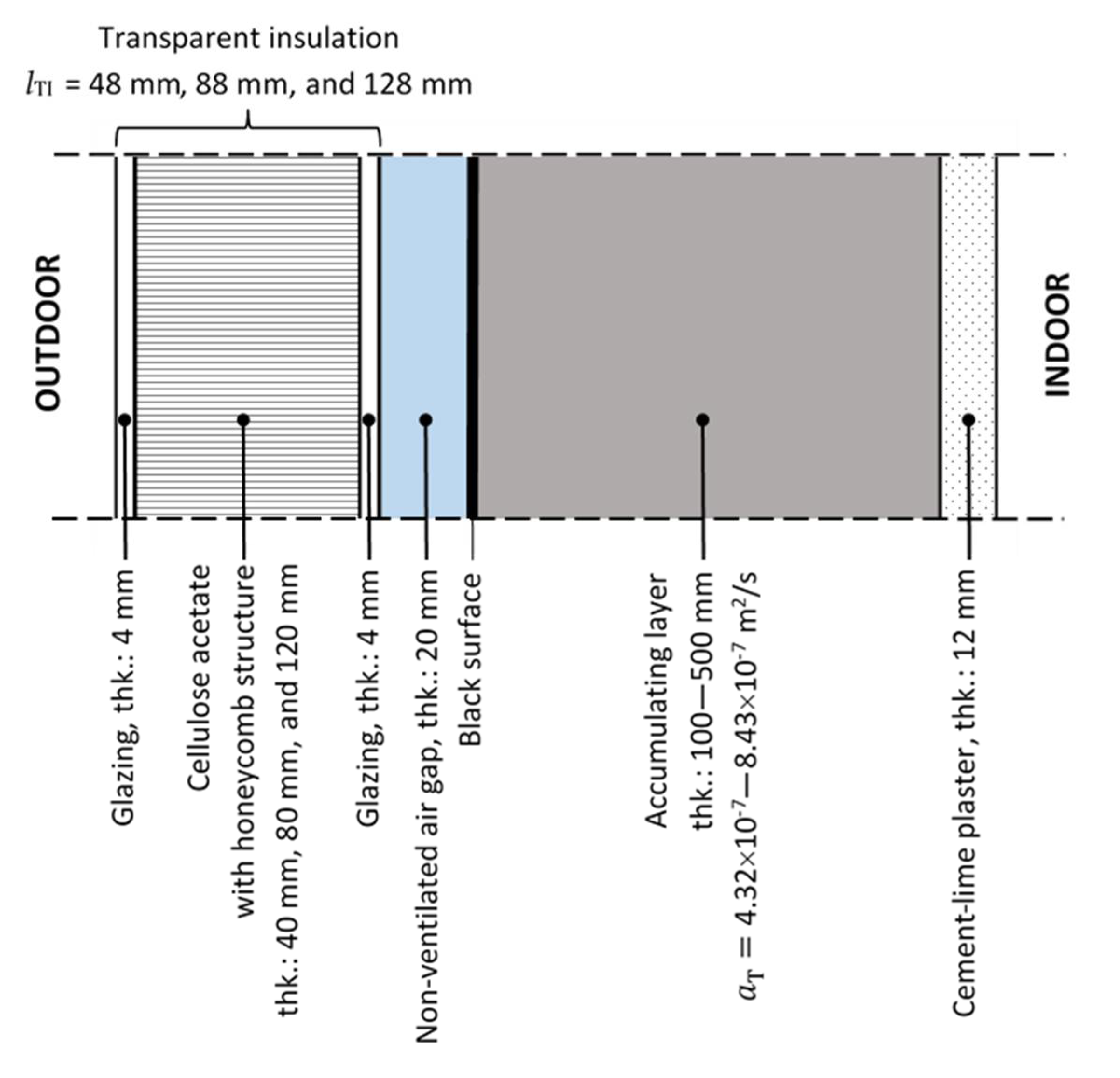

#Matlab 2009 grid transparent free#
This can be done by transforming the free space estimate to a bird's-eye-view image. To facilitate generation of an occupancy grid that is useful for navigation, the free space estimate needs to be transformed into the vehicle coordinate system. The free space estimate is generated in the image space. For example, the confidence decreases as you get closer to the boundary of the car. Therefore, for expediency, process a single frame.Īlthough the initial segmentation result for Road pixels showed most pixels on the road were classified correctly, visualizing the scores provides richer detail on the classifier's confidence in those classifications. However, because a very deep convolutional neural network architecture is used in this example (SegNet with a VGG-16 encoder), it takes about 1 second to process each frame. The procedure shown in this example can be applied to a sequence of frames to estimate free space as a vehicle drives along. The image used in this example is a single frame from an image sequence in the CamVid data set. The free space is identified as image pixels that have been classified as Road. The network returns classifications for each image pixel in the image. Estimate Free SpaceĮstimate free space by processing the image using downloaded semantic segmentation network. In this case, to use the file you downloaded from the web, change the pretrainedFolder variable above to the location of the downloaded file.
#Matlab 2009 grid transparent download#
Alternatively, you can use your web browser to first download the data set to your local disk. The commands used above block MATLAB® until the download is complete. Note: Download time of the data depends on your Internet connection.

PretrainedSegNet = fullfile(pretrainedFolder, 'segnetVGG16CamVid.mat') ĭisp( 'Downloading pretrained SegNet (107 MB).') PretrainedFolder = fullfile(tempdir, 'pretrainedSegNet')


 0 kommentar(er)
0 kommentar(er)
